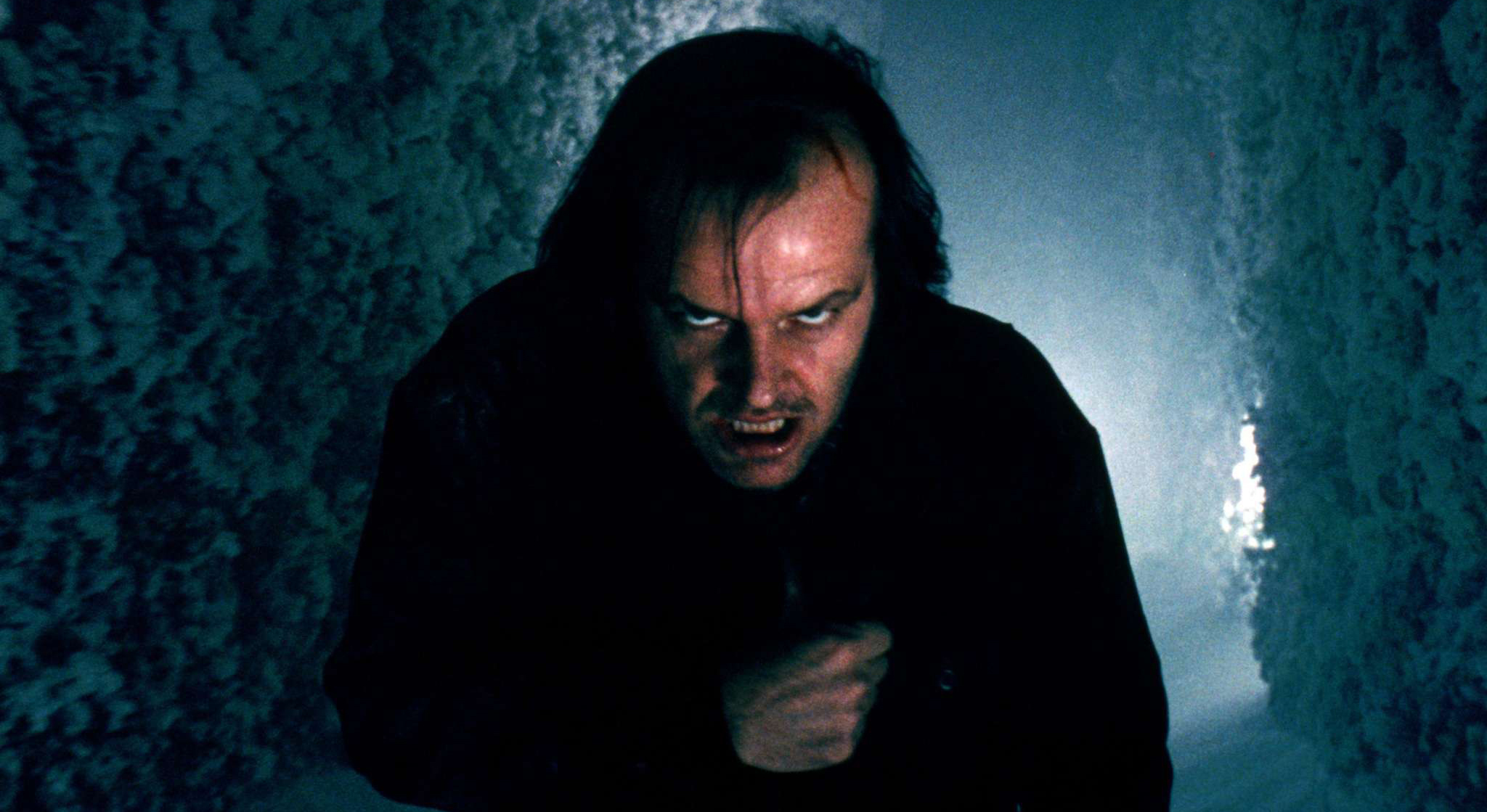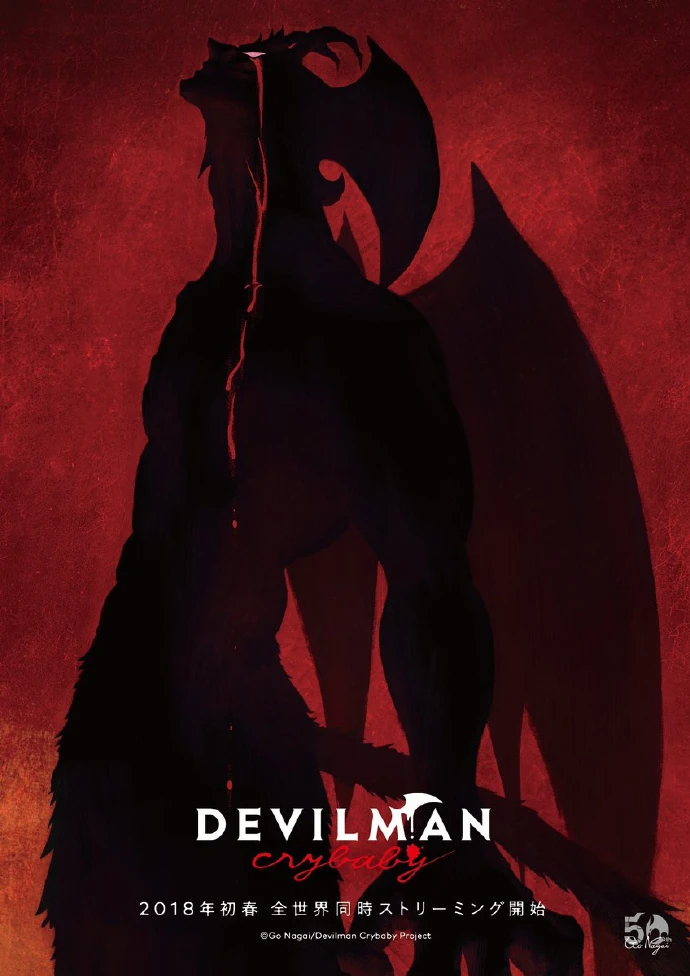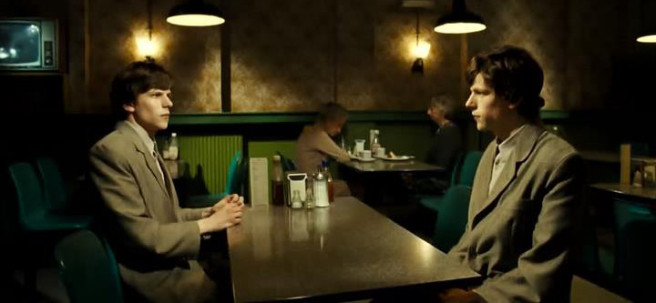One of my all time favorite movies is The Shining, starring Jack Nicholson and directed by Stanley Kubrick in 1980. I can’t recall the first time I watched it, although I know I was still young enough that I had to cover my eyes for the more intense scenes. Regardless, it left an impact on me even at that age; there was something unique and indescribable about it, it was like nothing I had ever seen before, and that’s saying something since I had already watched a lot of horror movies by that time. Over time it has haunted me more and more, as I keep watching it and analyzing it, trying to understand it while appreciating it in new ways. Gradually I’ve started to understand what makes it so special, and why it has become one of my all time favorite movies: its ability to create an atmosphere, the incredibly convincing acting, the haunting soundtrack, the tension and uncertainty created through subtle devices, and of course the plot itself, which is scary in its simplicity.

The opening scene is the perfect example of how Stanley Kubrick creates the unsettling atmosphere of The Shining, from the brass symphony playing heavy, ominous tones, to the swooping shots of wilderness and the long winding road up to the setting of the story, the Overlook Hotel. The visual and audio aspects of the opening work in tandem to create this insane tension, and the actual story hasn’t even begun. Kubrick utilizes music and sounds to emphasize disturbing scenes throughout the movie, and it is interesting when you pay attention to it. The infamous scene of the boy Danny riding his big wheel through the empty halls, as the wheels go from carpet to wood, from silence to a jarring rattling and that keeps you on the edge of the seat. In similar scenes the music will build up, like an insane symphony inside the hotel and the mind of Jack, the main antagonist, and then suddenly cut out with a piercing screech, as something terrifying occurs. I think it is important to note however that these are not jump-scares as you might see in recent horror movies; they are planned out, and don’t lead to chaos, but instead disturbing silence. As important as the sound is in the atmosphere of the film, silence is just important. I find it fascinating how well The Shining pulls this off, better than most horror movies ever have.

The other thing that makes he Shining so unique is the simple story, a descent into madness, but portrayed so well by Jack Nicholson that it is unexpectedly disturbing. Recently I saw the sequel to The Shining, Doctor Sleep, which focuses on Danny as an adult, and in it he returns to the Overlook Hotel where he encounters the ghost of his dad, Jack. This Jack was not played by Jack Nicholson however, and it was so weird to see how different the two actors were. Jack Nicholson dripped with insanity, where this guy seemed so staged and reserved. It made me appreciate just how great Jack Nicholson was in the original role: he committed to the role in such a rare way that made it so convincing, and his mannerisms and tone throughout the movie are so iconic and haunting that you can’t even tell if he is acting.
I could go on for hours talking about all of the small details that make The Shining great, from the symbolism and imagery to the aesthetic of the film and the cinematography, but ‘ll save that for another time. For now, I highly recommend that you go and watch it immediately if you haven’t seen it already. Even if you have, watch it again and pay attention to how Kubrick uses music and sound design to create the unsettling atmosphere of the Overlook, and notice how Jack Nicholson embodies the insanity of Jack Torrance. It is an incredible work of art that stands as one of the highest points in the horror and thriller film genres, and it should be appreciated as such.


 Devilman Crybaby is an original Netflix anime adaptation of the original manga by Go Nagai, and although I highly recommend watching it, I’ll try to save some of my praise for another post. The essential story is about a young boy named Akira who gets wrapped up in an emerging world of demons by his mysterious childhood friend Ryo. It features existential and dark themes, and raises questions about humanity, society, and love that make you think long after the show is over. It’s a tragedy to be sure; be prepared to cry when it’s over, but it is not without its moments of hope. The soundtrack to the show mirrors this so accurately and poignantly, making it the perfect complement to the show and adding something that makes it entirely unique. The aesthetic of the soundtrack perfectly fits the artistic style of the animation; it’s primal and pounding at times, matching the intense scenes of chaos, and other times it’s subtle and futuristic, setting this iconic tone throughout the show that lasts long after its over. My favorite tracks however are these long orchestral pieces, featuring these solemn and mourning grand piano melodies that are absolutely haunting. They contrast so well, both on the overall album and in the show itself; they provide these thoughtful reprieves from the chaos, where both the characters and audience are forced to reflect on the tragedies of humanity. Overall, I find this soundtrack incredible in how it affects the story, and how well crafted it is that it can stand alone.
Devilman Crybaby is an original Netflix anime adaptation of the original manga by Go Nagai, and although I highly recommend watching it, I’ll try to save some of my praise for another post. The essential story is about a young boy named Akira who gets wrapped up in an emerging world of demons by his mysterious childhood friend Ryo. It features existential and dark themes, and raises questions about humanity, society, and love that make you think long after the show is over. It’s a tragedy to be sure; be prepared to cry when it’s over, but it is not without its moments of hope. The soundtrack to the show mirrors this so accurately and poignantly, making it the perfect complement to the show and adding something that makes it entirely unique. The aesthetic of the soundtrack perfectly fits the artistic style of the animation; it’s primal and pounding at times, matching the intense scenes of chaos, and other times it’s subtle and futuristic, setting this iconic tone throughout the show that lasts long after its over. My favorite tracks however are these long orchestral pieces, featuring these solemn and mourning grand piano melodies that are absolutely haunting. They contrast so well, both on the overall album and in the show itself; they provide these thoughtful reprieves from the chaos, where both the characters and audience are forced to reflect on the tragedies of humanity. Overall, I find this soundtrack incredible in how it affects the story, and how well crafted it is that it can stand alone. Another great example of a stand out soundtrack is Swiss Army Man, a small indie film featuring Daniel Radcliffe and Paul Dano. Again, one of my favorite movies; a little quirky and hard to swallow at first, but it leaves a lasting impression and is just genuinely fun to watch. Similar to the Devilman Crybaby soundtrack, this soundtrack stands out for its aesthetic and style: it is fun and folky, featuring a lot of vocals and accapella, accompanied by simple instrumentation and haunting chords. All of the vocals are performed by the two actors as well, which is ingenious, especially during the film when the characters are quiet and the music speaks for them. The movie mostly takes place in the woods and is an unusual love story, which is reflected well in the soundtrack. It features a variety of unusual songs, mostly focused on the relationship between the two main characters, and tells its own story in a way that the film itself can’t. In this way, the soundtrack adds an important element to the story and can’t be ignored. These reasons make the soundtrack stand out, and as a result I still find myself listening to it, reliving the great moments of the story through music.
Another great example of a stand out soundtrack is Swiss Army Man, a small indie film featuring Daniel Radcliffe and Paul Dano. Again, one of my favorite movies; a little quirky and hard to swallow at first, but it leaves a lasting impression and is just genuinely fun to watch. Similar to the Devilman Crybaby soundtrack, this soundtrack stands out for its aesthetic and style: it is fun and folky, featuring a lot of vocals and accapella, accompanied by simple instrumentation and haunting chords. All of the vocals are performed by the two actors as well, which is ingenious, especially during the film when the characters are quiet and the music speaks for them. The movie mostly takes place in the woods and is an unusual love story, which is reflected well in the soundtrack. It features a variety of unusual songs, mostly focused on the relationship between the two main characters, and tells its own story in a way that the film itself can’t. In this way, the soundtrack adds an important element to the story and can’t be ignored. These reasons make the soundtrack stand out, and as a result I still find myself listening to it, reliving the great moments of the story through music. If you’ve been a reader of my posts for awhile you’ll recognize this first one: The Double, a film based off the original novel by Fyodor Dostoevsky. In the film, the main character played by Jesse Eisenberg is a simple man living in a mundane and grimy world, with a mediocre job and little aspirations beyond falling in love with a certain girl. However, suddenly a new employee is hired at his work, and it is dramatically revealed that it is his doppelgänger. Much to his surprise, nobody else notices that the new employee is identical, but the reason reveals itself to the audience from the beginning: this new version of the protagonist is more charming, personable, and cunning than the original. Gradually the doppelgänger starts to take over the original’s life, being promoted over him and winning over the girl almost instantly. The film ends with the original outsmarting the doppelgänger by relying on the unique fact that both of them are connected in feeling pain. I won’t spoil it beyond that, especially since it is a brilliant ending. However the original novel ends with the original going mad, being sent to an asylum, and the doppelgänger completely replacing him. The takeaway from this doppelgänger story: never let your doppelgänger dominate. Either get as far away as possible, or hope that you have some characteristic that gives you an advantage over them.
If you’ve been a reader of my posts for awhile you’ll recognize this first one: The Double, a film based off the original novel by Fyodor Dostoevsky. In the film, the main character played by Jesse Eisenberg is a simple man living in a mundane and grimy world, with a mediocre job and little aspirations beyond falling in love with a certain girl. However, suddenly a new employee is hired at his work, and it is dramatically revealed that it is his doppelgänger. Much to his surprise, nobody else notices that the new employee is identical, but the reason reveals itself to the audience from the beginning: this new version of the protagonist is more charming, personable, and cunning than the original. Gradually the doppelgänger starts to take over the original’s life, being promoted over him and winning over the girl almost instantly. The film ends with the original outsmarting the doppelgänger by relying on the unique fact that both of them are connected in feeling pain. I won’t spoil it beyond that, especially since it is a brilliant ending. However the original novel ends with the original going mad, being sent to an asylum, and the doppelgänger completely replacing him. The takeaway from this doppelgänger story: never let your doppelgänger dominate. Either get as far away as possible, or hope that you have some characteristic that gives you an advantage over them.


 The Lighthouse is entirely black and white and is presented in a square aspect ratio, much like classic movies or shows like The Twilight Zone (a personal favorite of mine). This gives it an aesthetic that stands out from other horror movies today, and was largely what peaked my interest when I saw the trailer. It feels so gritty and stylized, like an old documentary that was never released, which pairs perfectly with the story of two grizzly men keeping watch over a lighthouse on a rock in the middle of the ocean, completely stranded and abandoned. That grit creeps into the characters, especially the older lighthouse keeper Tom, played by Willem Dafoe, who completely embodies the idea of a sea-worn sailor. This pairing of visual style and complementary characters makes the story feel so authentic: even though it seems so far removed from reality, it felt like I was sitting at the table with them, eating dinner and being dragged into their arguments. I didn’t realize the effect while I was watching it, which I think is further proof of just how convincing it truly was.
The Lighthouse is entirely black and white and is presented in a square aspect ratio, much like classic movies or shows like The Twilight Zone (a personal favorite of mine). This gives it an aesthetic that stands out from other horror movies today, and was largely what peaked my interest when I saw the trailer. It feels so gritty and stylized, like an old documentary that was never released, which pairs perfectly with the story of two grizzly men keeping watch over a lighthouse on a rock in the middle of the ocean, completely stranded and abandoned. That grit creeps into the characters, especially the older lighthouse keeper Tom, played by Willem Dafoe, who completely embodies the idea of a sea-worn sailor. This pairing of visual style and complementary characters makes the story feel so authentic: even though it seems so far removed from reality, it felt like I was sitting at the table with them, eating dinner and being dragged into their arguments. I didn’t realize the effect while I was watching it, which I think is further proof of just how convincing it truly was.
